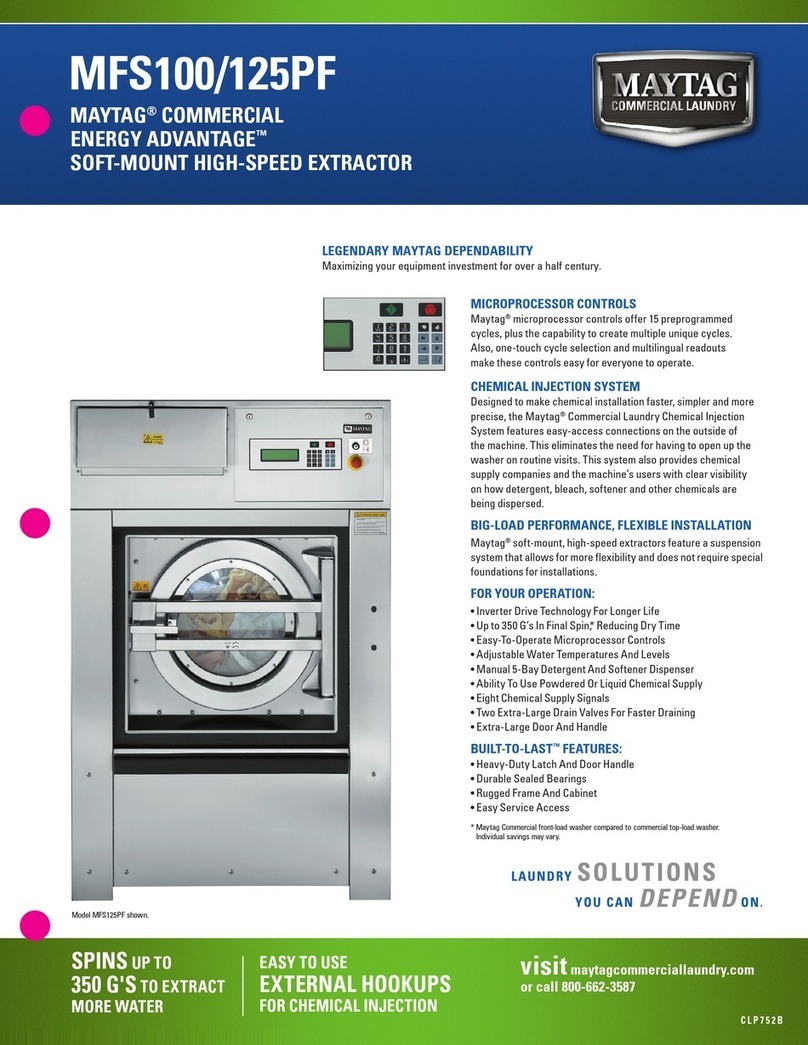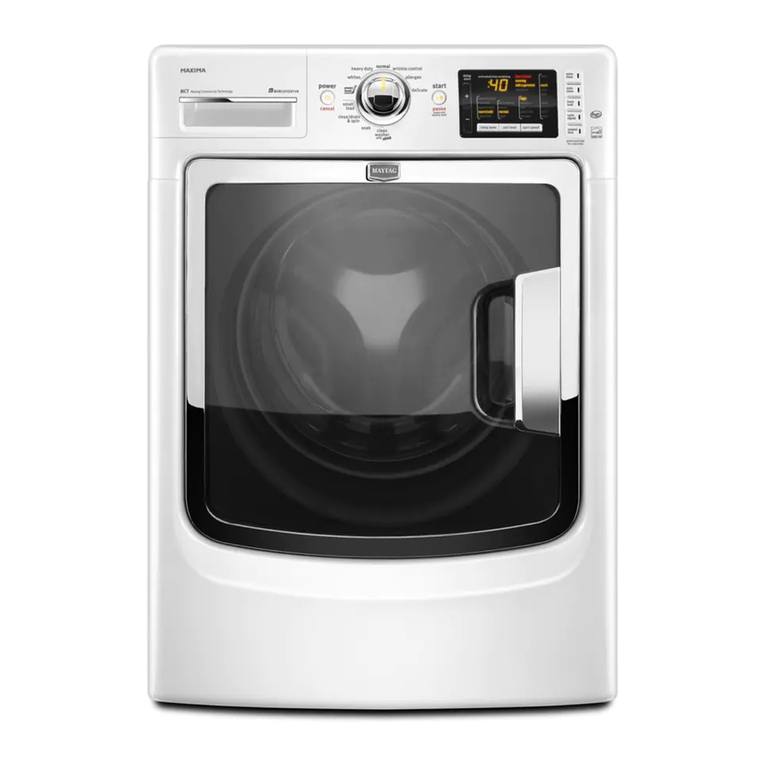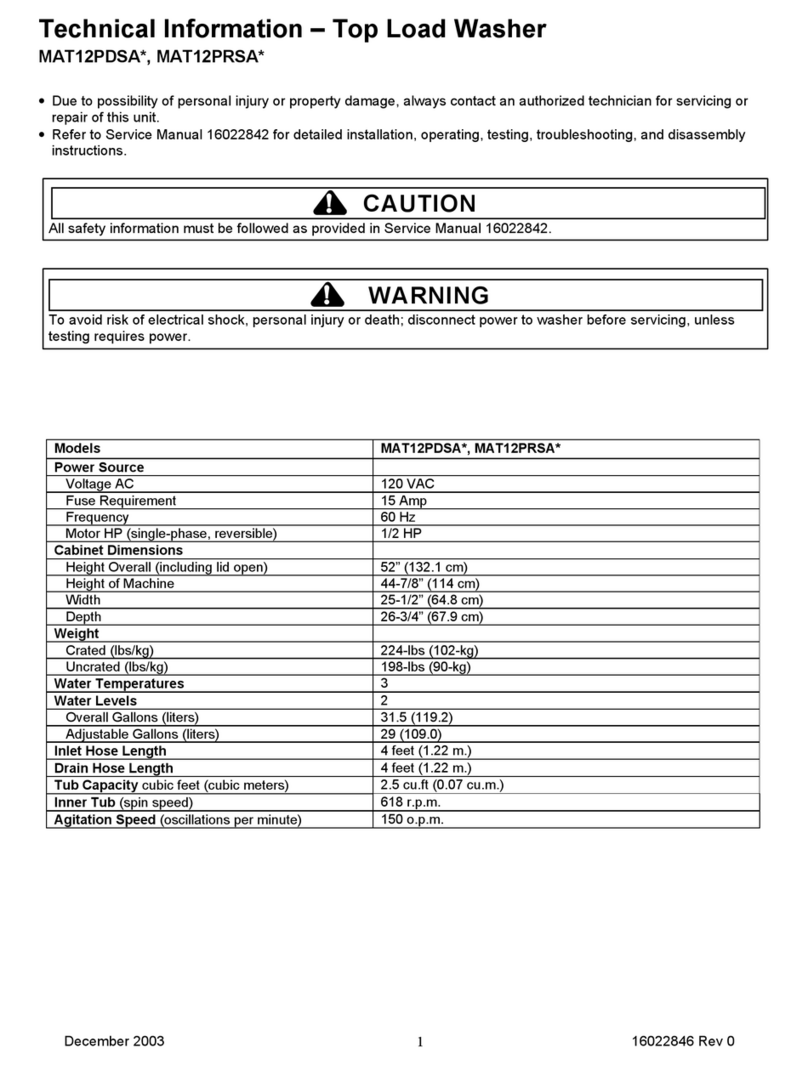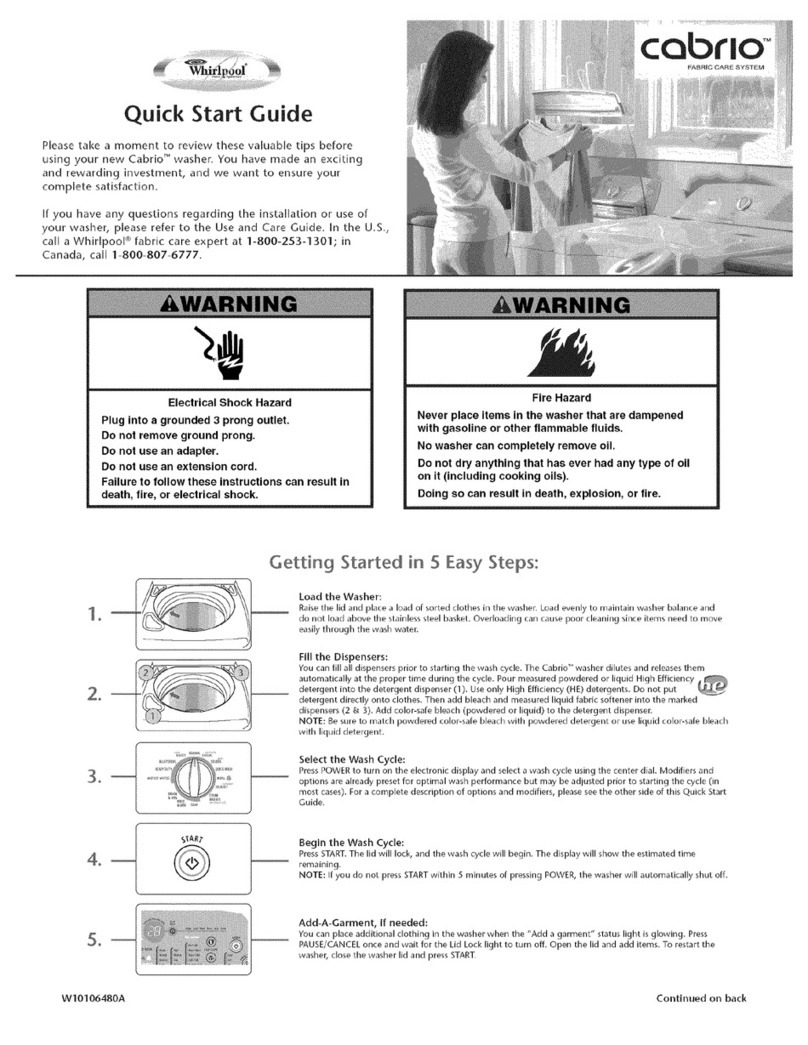Maytag JENN-AIR User manual
Other Maytag Washer manuals
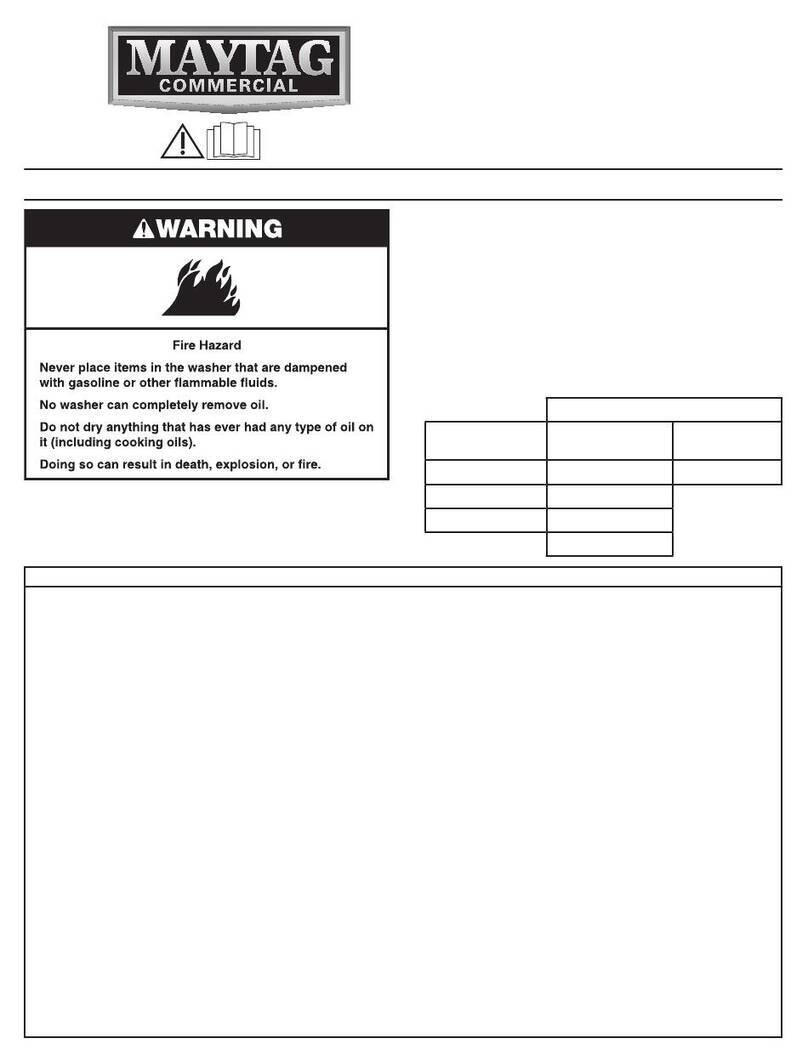
Maytag
Maytag MHN33PRTGW User manual

Maytag
Maytag BRAVOS User manual
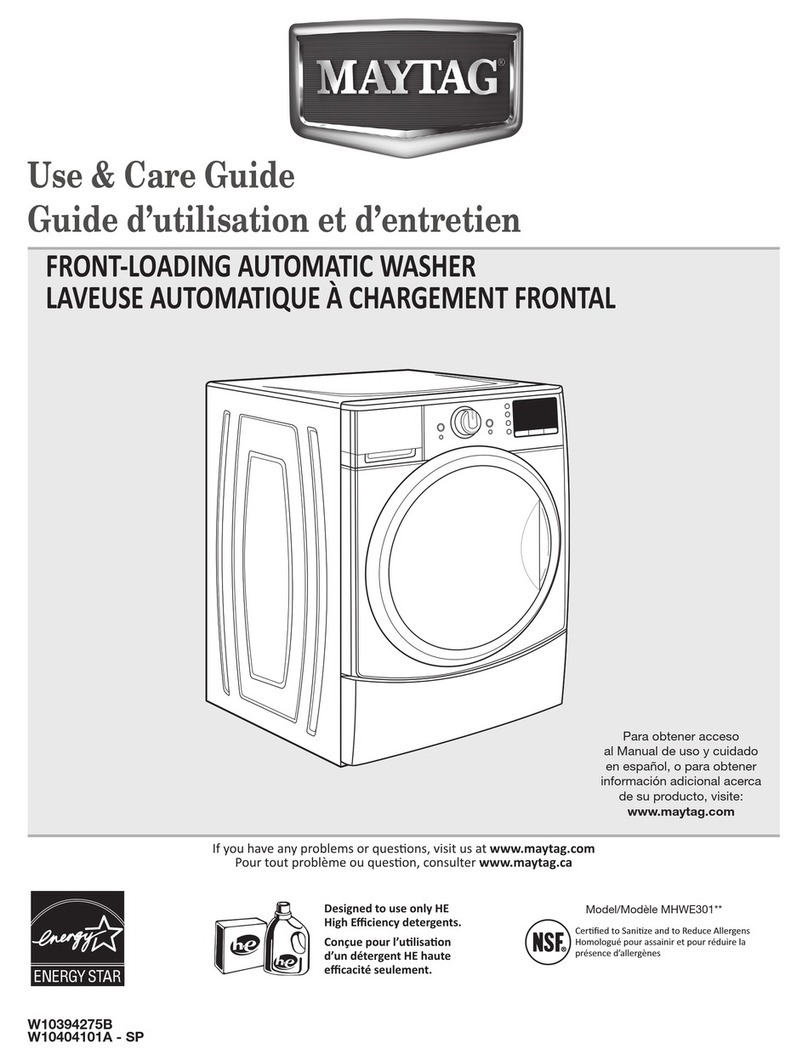
Maytag
Maytag MHWE301 Series User manual
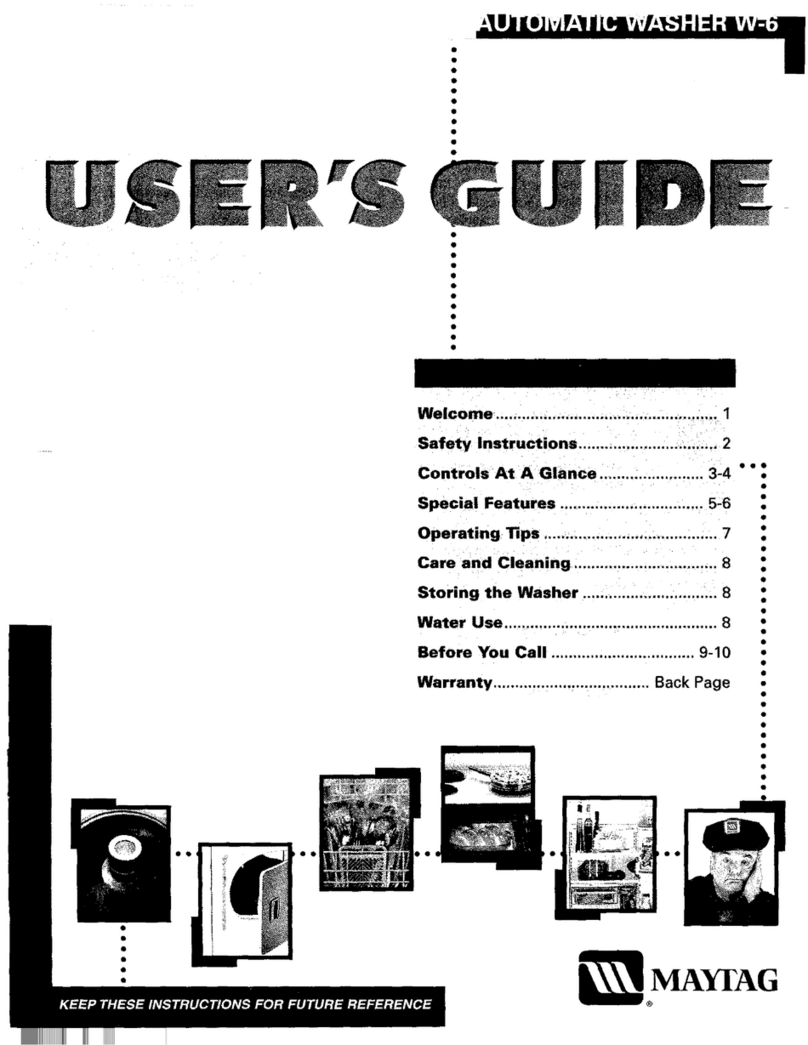
Maytag
Maytag LAW9406AAE User manual
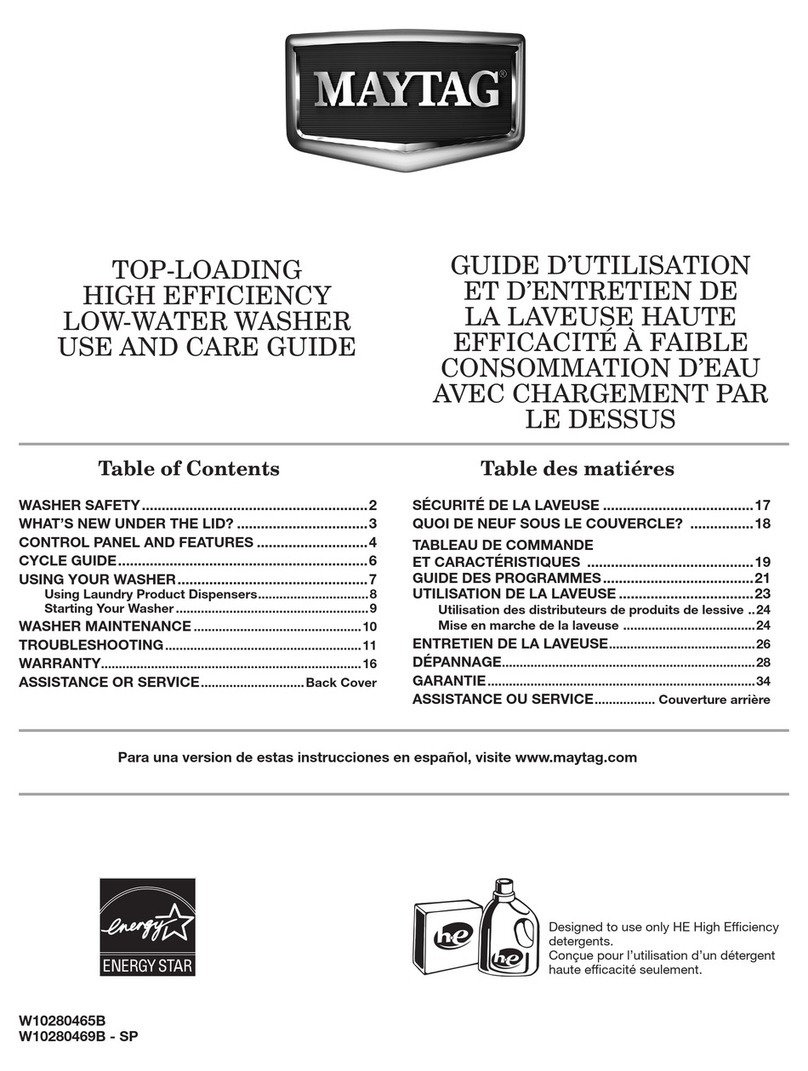
Maytag
Maytag W10280465B User manual
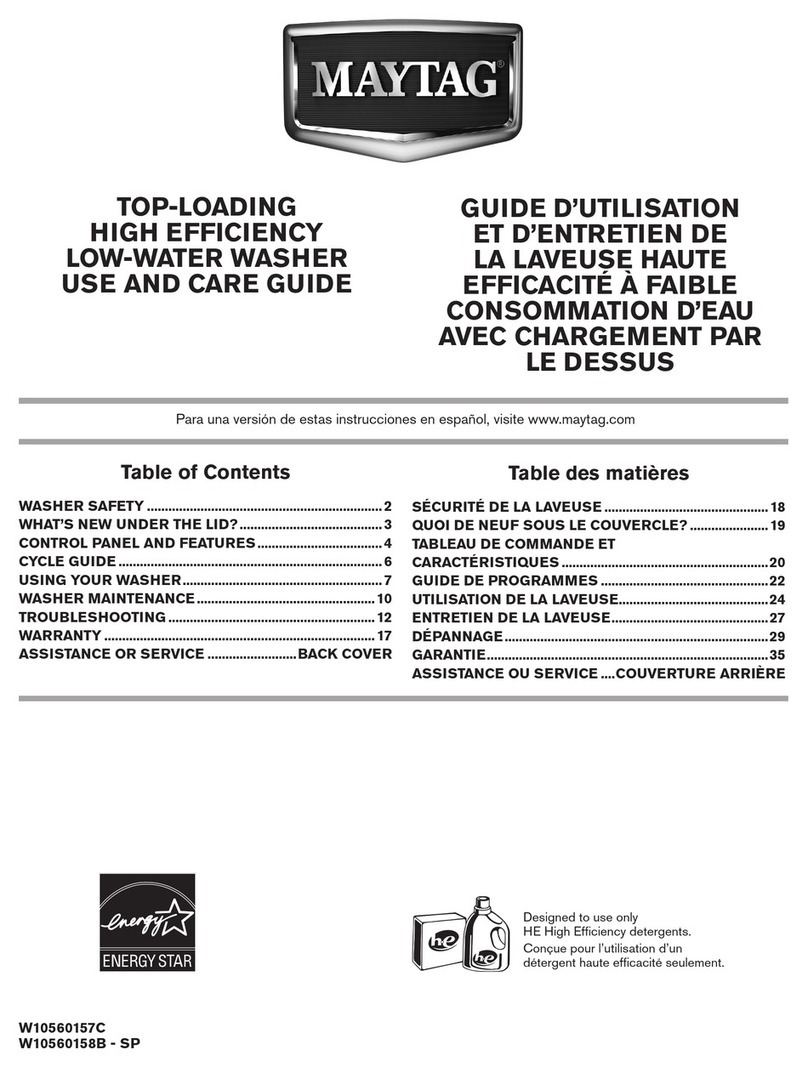
Maytag
Maytag W10560158B - SP User manual
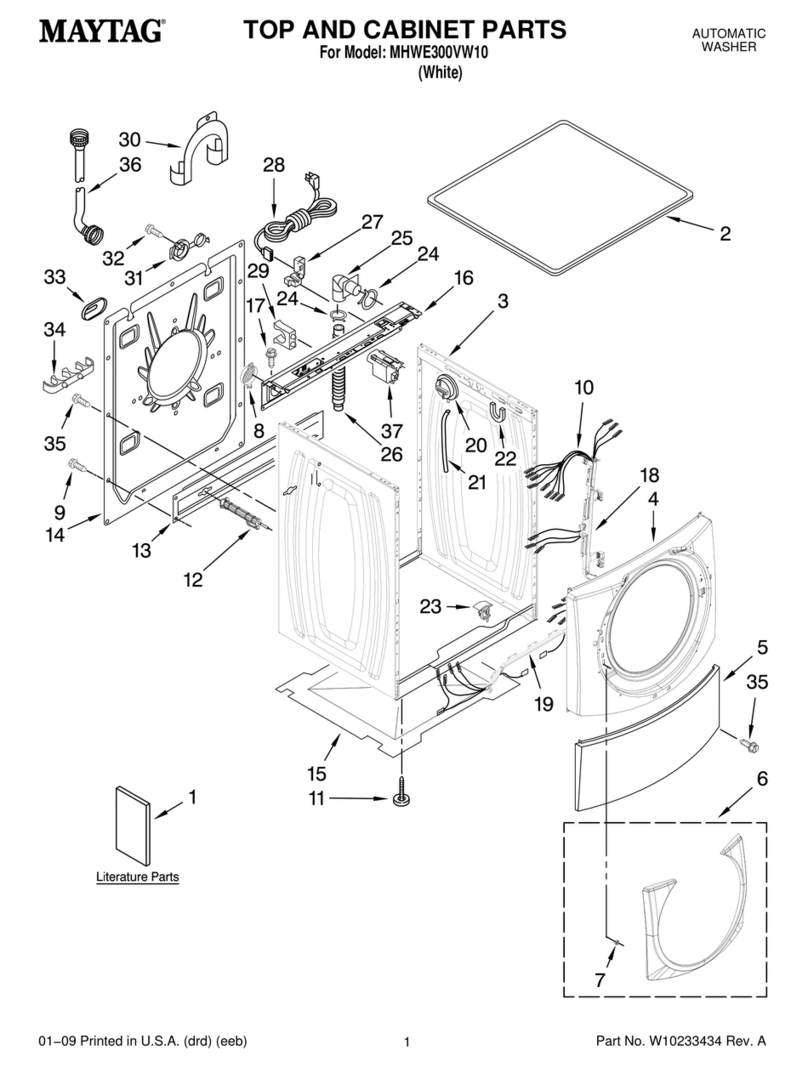
Maytag
Maytag MHWE300VW10 User manual
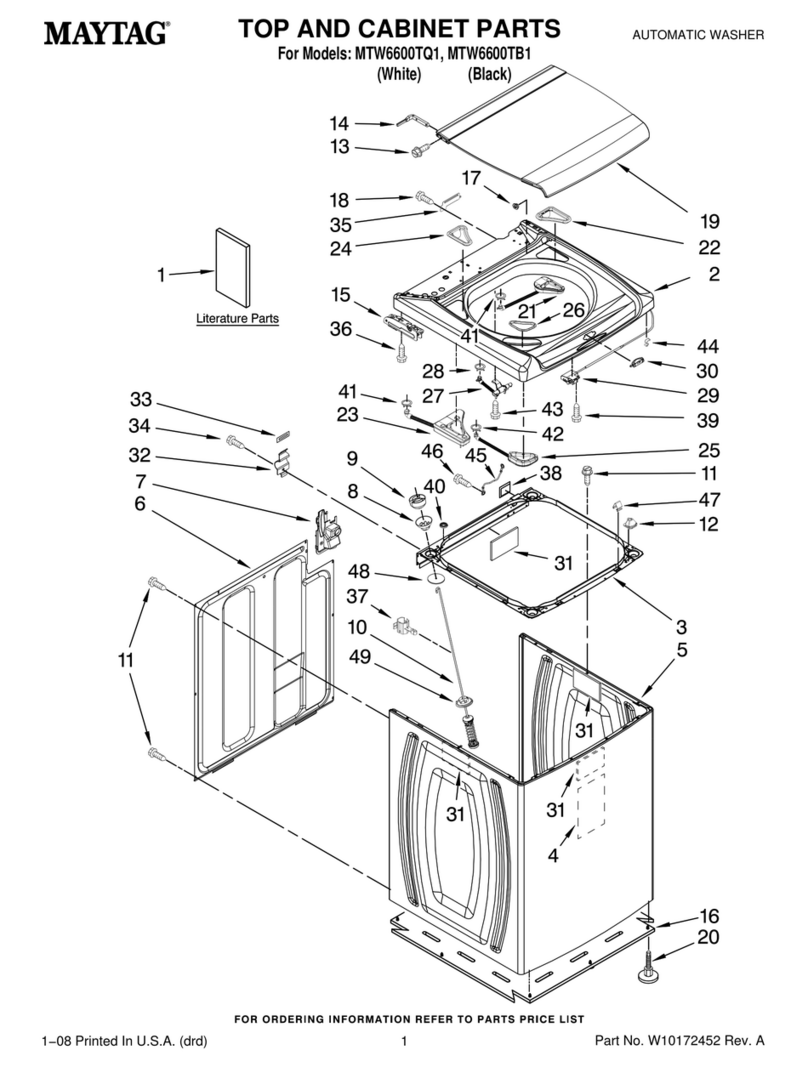
Maytag
Maytag MTW6600TB1 User manual
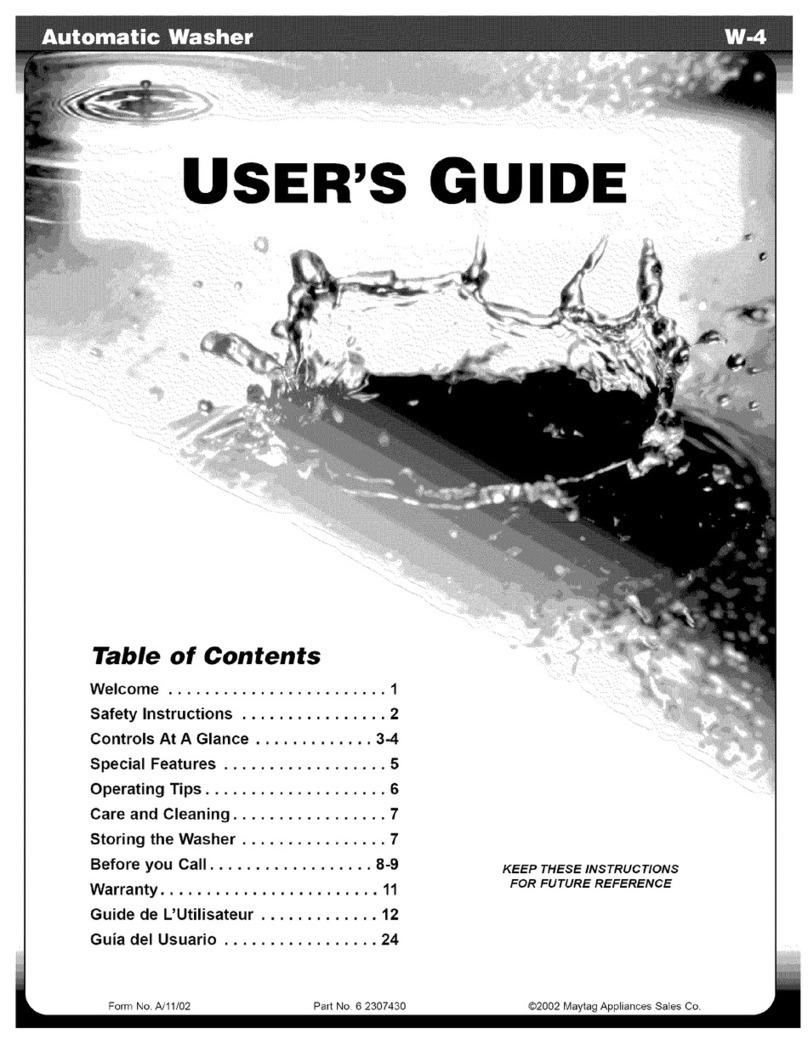
Maytag
Maytag LAT9356AAE User manual

Maytag
Maytag MAH9700AWW - Neptune Front-Load Washer Manual
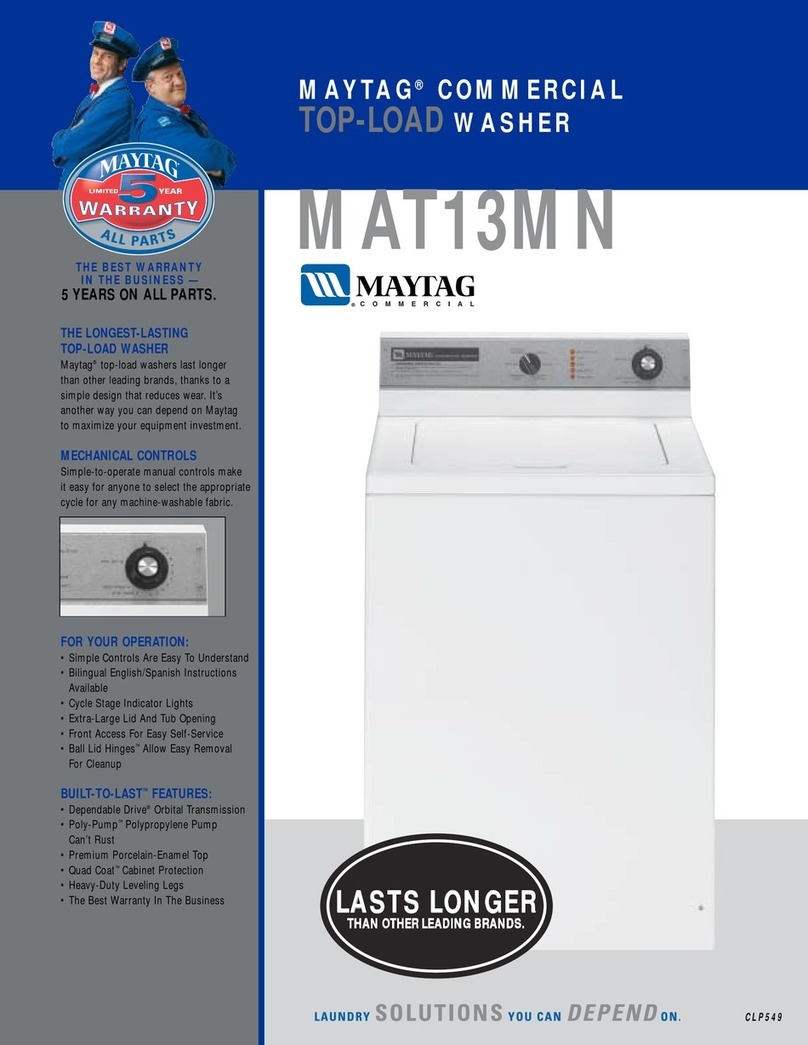
Maytag
Maytag MAT13MN User manual
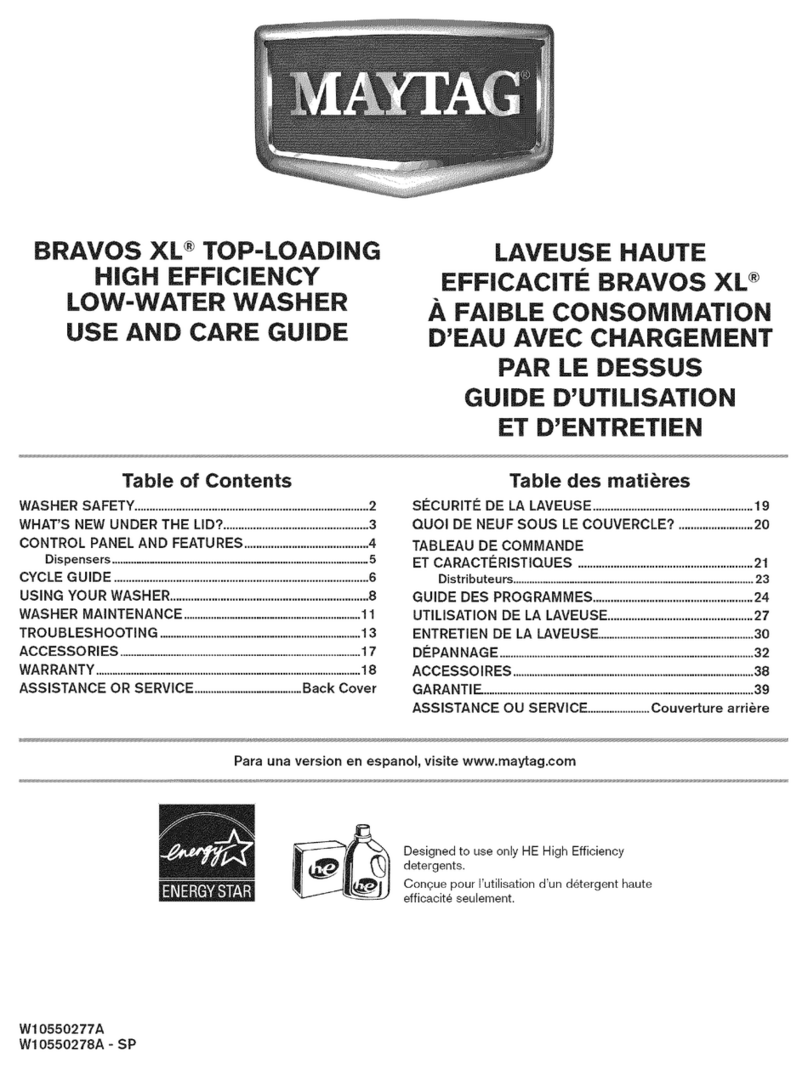
Maytag
Maytag W10550277A User manual
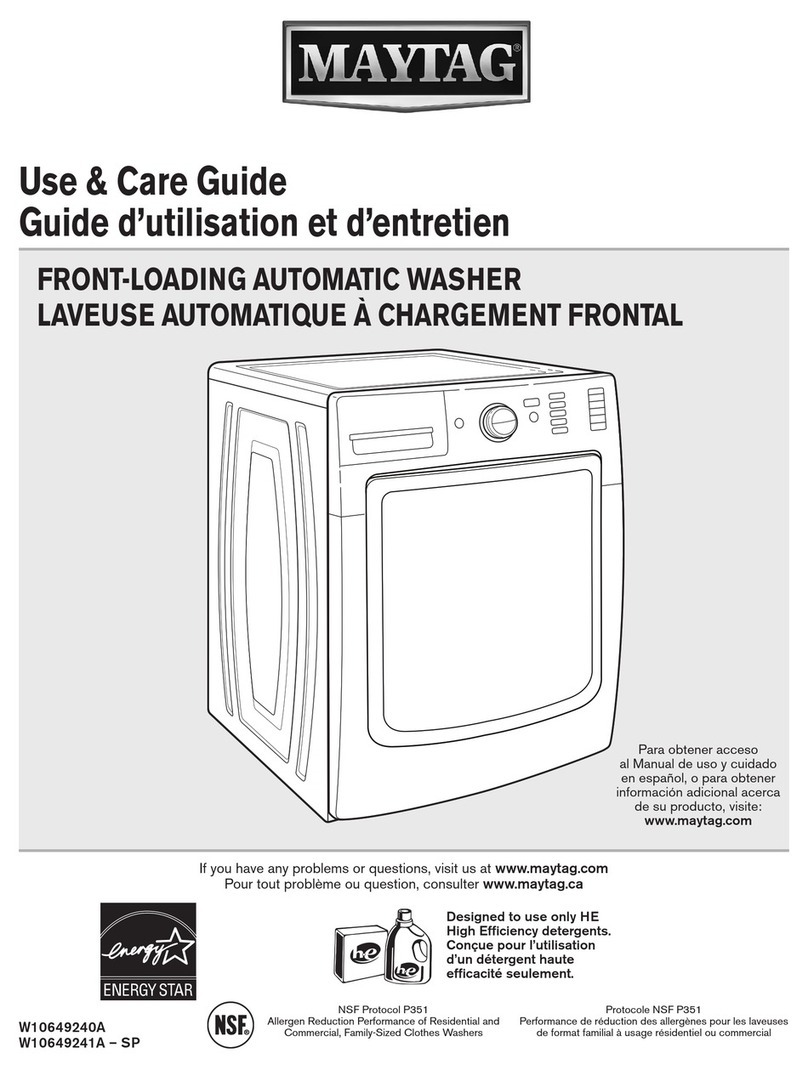
Maytag
Maytag W10649241A - SP User manual
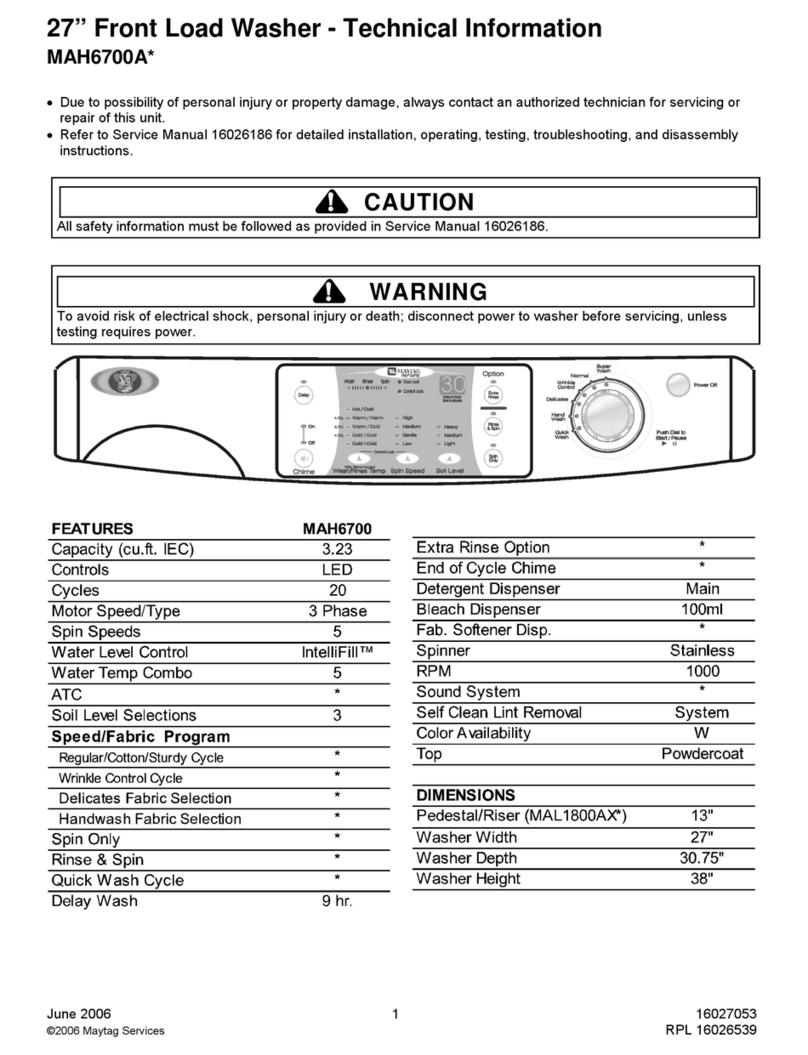
Maytag
Maytag MAH6700A Series Manual
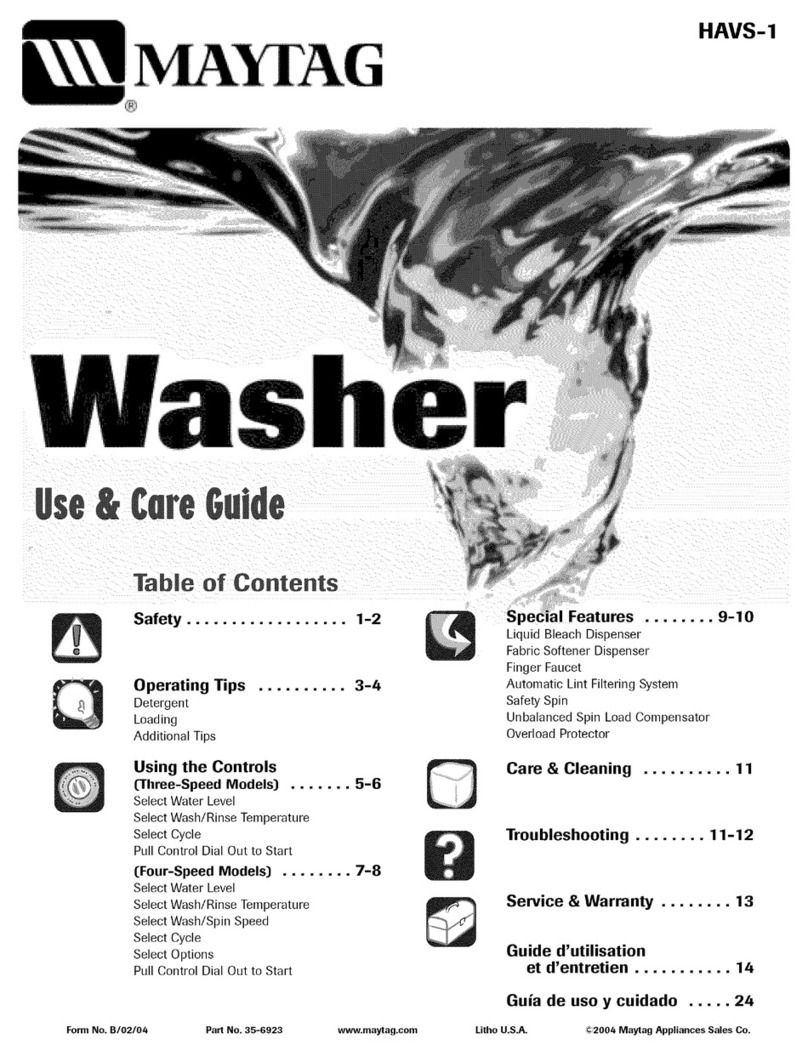
Maytag
Maytag HAVS-1 User manual
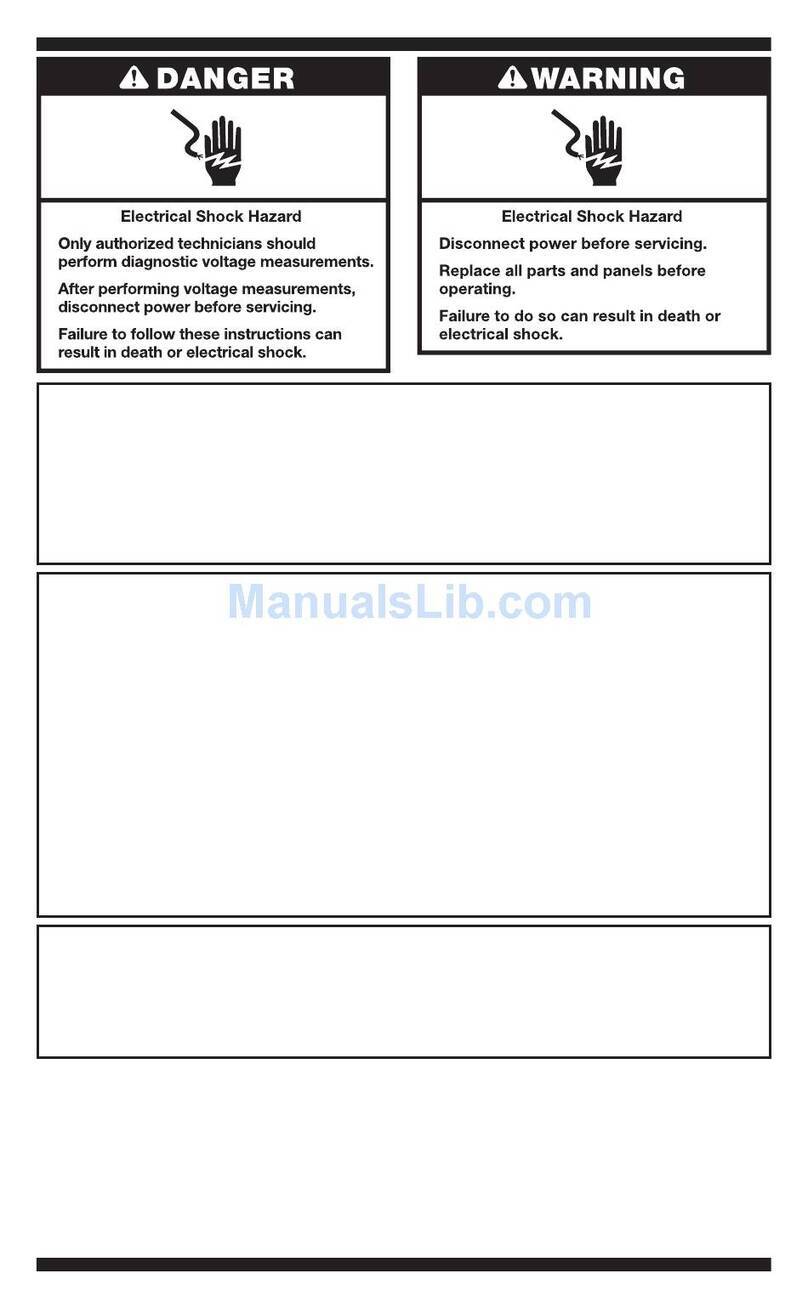
Maytag
Maytag Washer User manual
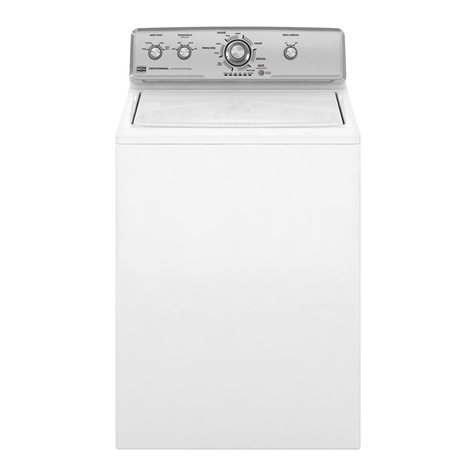
Maytag
Maytag MVWC200XW0 User manual
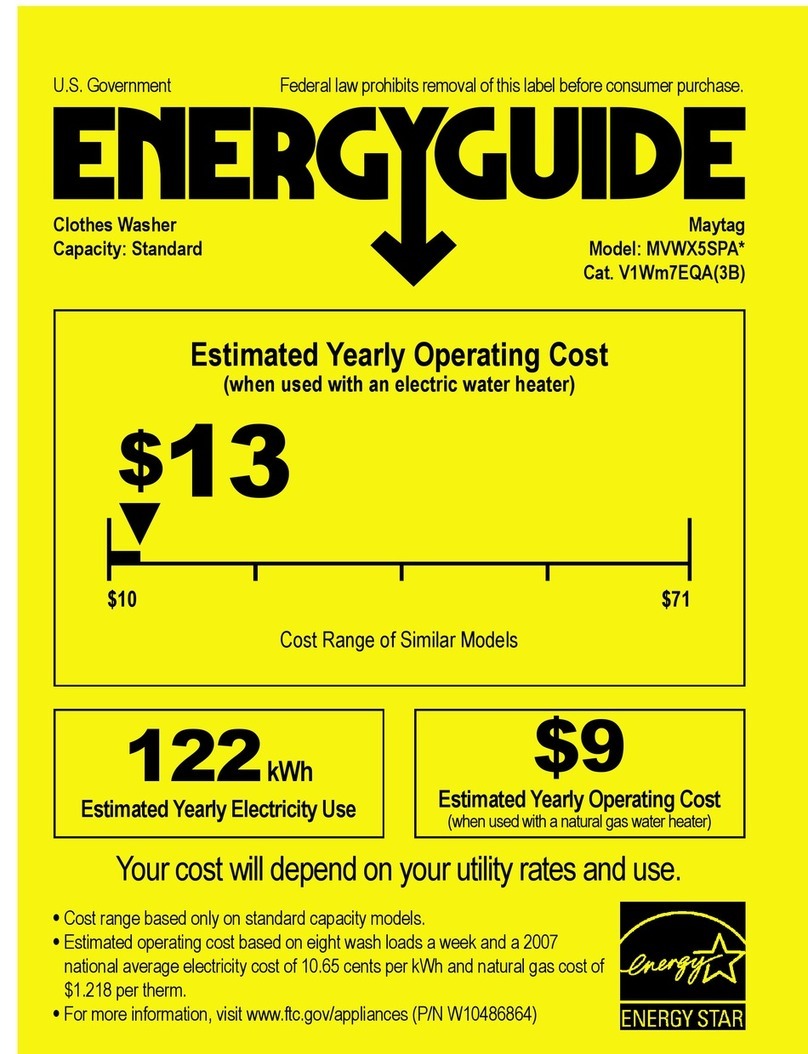
Maytag
Maytag MVWX5SPAW Assembly instructions
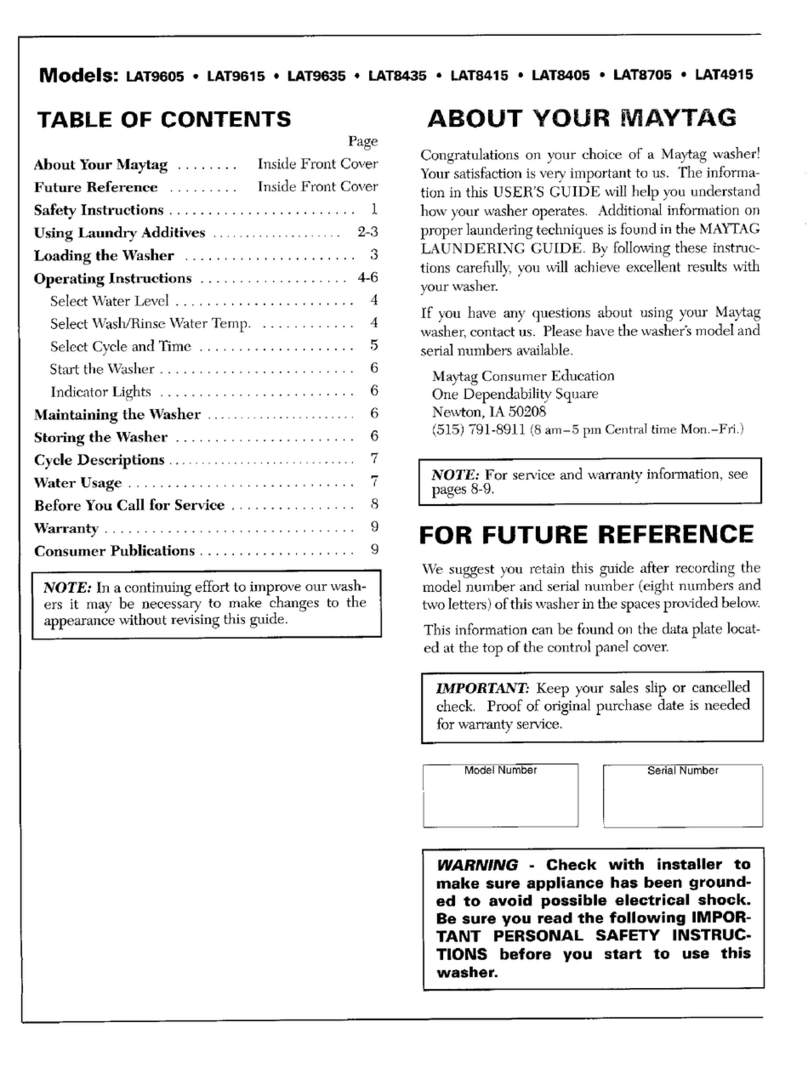
Maytag
Maytag LAT9605 User manual

Maytag
Maytag MVWX500BW User manual
